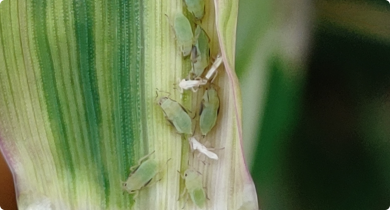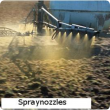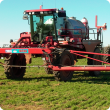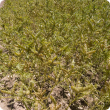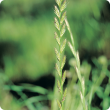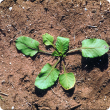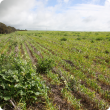Crops
The Department of Primary Industries and Regional Development continues to support the growth and international competitiveness of all crop industries in Western Australia.
With a 2400 kilometre span from its tropical north to its temperate south, WA supports a broad range of cropping industries from rain-fed winter cereals through to irrigated horticultural crops.
In the 2012/13 year the WA cropping industries exported a total of $3.9 billion which comprised: $3.1 billion of cereals, $859 million of pulses, pastures and oilseeds, $142 million of horticultural crops. The major contributors to these exports were wheat ($2.7 billion), canola ($756 million), barley ($377 million), lupins ($42 million), carrots at $48 million, oats ($12 million), and strawberries at $5.5 million.
Filter by search
Filter by topic
- (-) Remove Control methods filter Control methods
- Pests, weeds & diseases (39) Apply Pests, weeds & diseases filter
- Chemicals (39) Apply Chemicals filter
- (-) Remove Herbicides filter Herbicides
- (-) Remove Grains filter Grains
- Weeds (12) Apply Weeds filter
- Crop weeds (11) Apply Crop weeds filter
- Grains research & development (7) Apply Grains research & development filter
- Lupins (7) Apply Lupins filter
- Canola (7) Apply Canola filter
- Pulses (6) Apply Pulses filter
- Field peas (6) Apply Field peas filter
- Wheat (3) Apply Wheat filter
- Mechanical, physical and cultural (2) Apply Mechanical, physical and cultural filter
- Pastures (1) Apply Pastures filter
- Pasture management (1) Apply Pasture management filter
- Oats (1) Apply Oats filter
- Grains Research & Development (1) Apply Grains Research & Development filter
- Barley (1) Apply Barley filter



